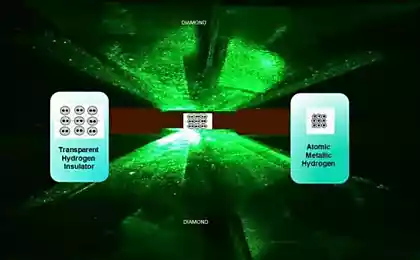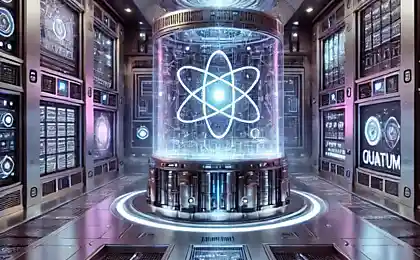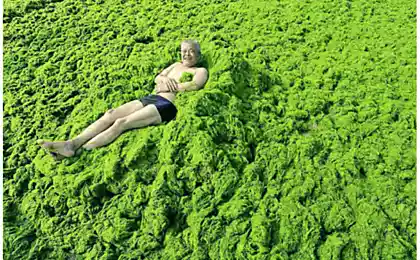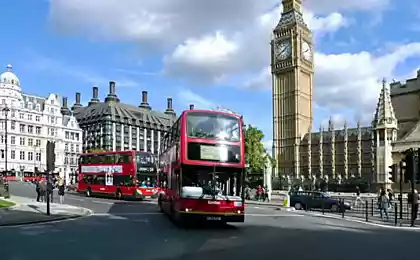513
Light and quantum dots are converted in the plant into hydrogen
Hydrogen is an environmentally friendly source of energy, because when used as automotive fuel in the atmosphere produces only water vapor. However, hydrogen is usually produced from natural gas or other pollutants, and this production process can cause environmental damage. Therefore, scientists are constantly looking for environmentally friendly and efficient method of producing hydrogen, and recently, researchers from Cambridge University proposed a method of production of the gas.
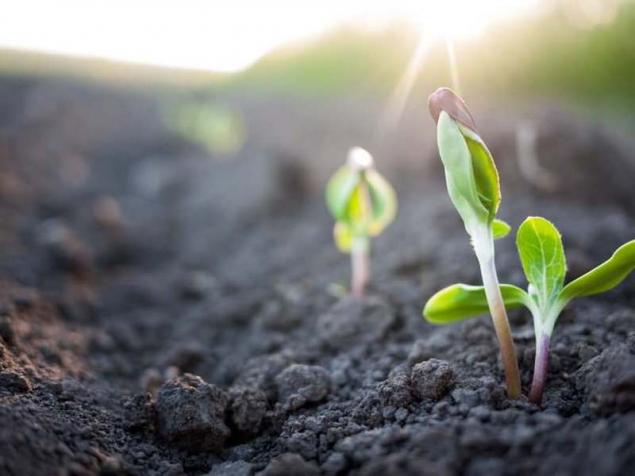
Cambridge scientists, like many other researchers before them, have decided to use biomass as a source of hydrogen, in particular, they focused on the lignocellulose contained in plants.
"Lignocellulose is equivalent to natural concrete, it is composed of extremely strong fibers which are connected together by lignin and hemicellulose, which act like glue. This rigid structure gives the plant mechanical strength," — said Moritz Kühnel, one of the authors of the study.
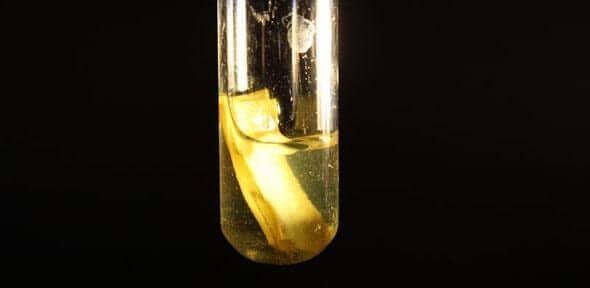
All previous methods for producing hydrogen from application made involved the use of high temperatures, but in the new technique uses only light, which can significantly reduce the energy intensity of the process. Scientists added an alkaline solution containing nanoparticles (quantum dots) of cadmium sulfide, which are semiconductors, to biomass, which is then exposed to light, whereby biomass has started to produce hydrogen. As biomass, the researchers used paper, leaves and pieces of wood.
"Our technology ensures the production of pure hydrogen from raw biomass under natural conditions. We see it as a new and viable alternative to high-temperature methods for hydrogen production. Currently we are studying the possibility of commercialization of our technology," said Erwin Reisner, head of the laboratory of Cambridge University, where the research was conducted.published
P. S. And remember, only by changing their consumption — together we change the world! ©
Source: newatlas.com/clean-hydrogen/48406/

Cambridge scientists, like many other researchers before them, have decided to use biomass as a source of hydrogen, in particular, they focused on the lignocellulose contained in plants.
"Lignocellulose is equivalent to natural concrete, it is composed of extremely strong fibers which are connected together by lignin and hemicellulose, which act like glue. This rigid structure gives the plant mechanical strength," — said Moritz Kühnel, one of the authors of the study.

All previous methods for producing hydrogen from application made involved the use of high temperatures, but in the new technique uses only light, which can significantly reduce the energy intensity of the process. Scientists added an alkaline solution containing nanoparticles (quantum dots) of cadmium sulfide, which are semiconductors, to biomass, which is then exposed to light, whereby biomass has started to produce hydrogen. As biomass, the researchers used paper, leaves and pieces of wood.
"Our technology ensures the production of pure hydrogen from raw biomass under natural conditions. We see it as a new and viable alternative to high-temperature methods for hydrogen production. Currently we are studying the possibility of commercialization of our technology," said Erwin Reisner, head of the laboratory of Cambridge University, where the research was conducted.published
P. S. And remember, only by changing their consumption — together we change the world! ©
Source: newatlas.com/clean-hydrogen/48406/
Pininfarina showed the H600 hybrid with a power reserve of 1,000 km
This is how spring arrives in different parts of the world


